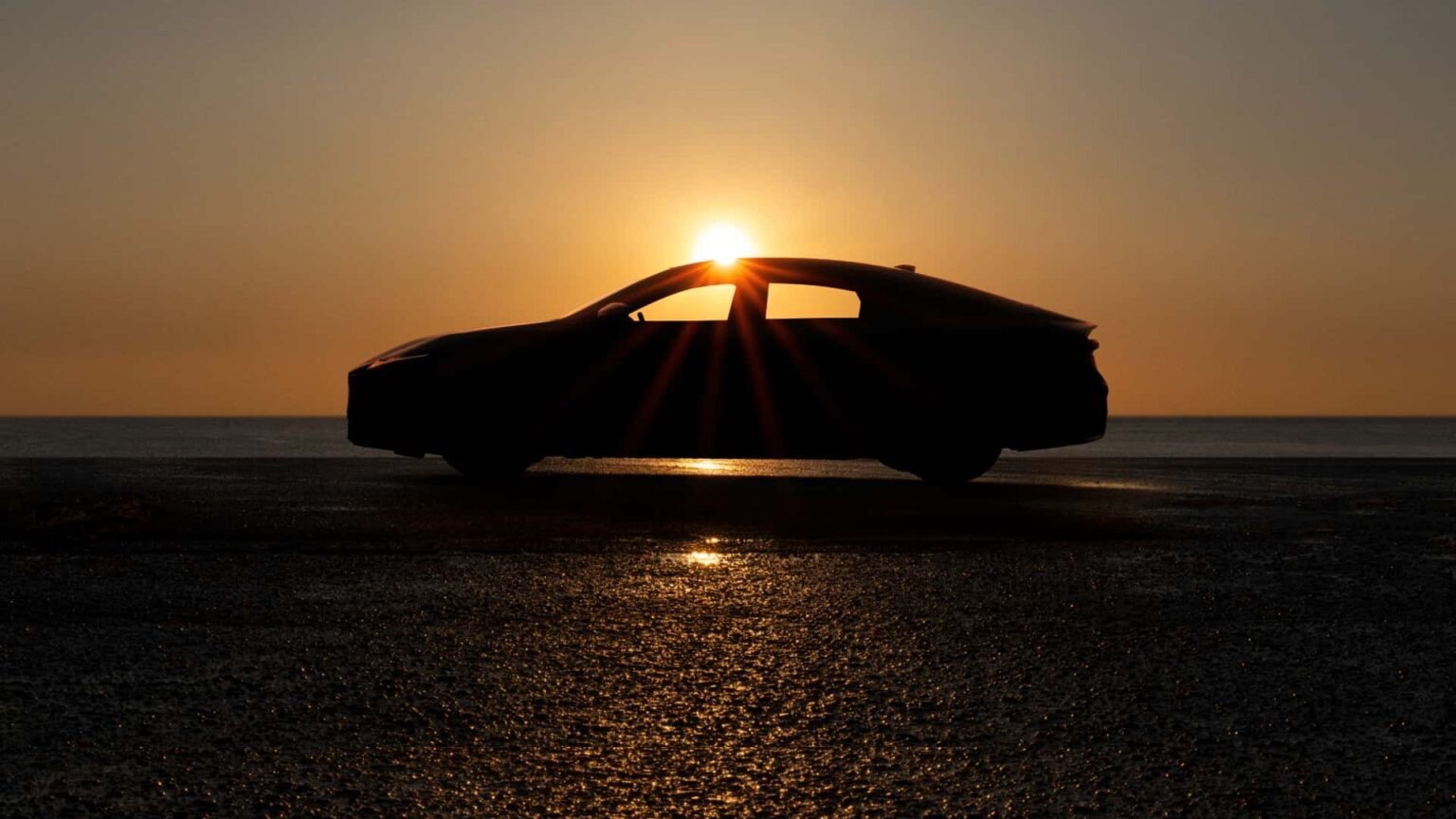The current-generation ES has been around for seven years, and despite facelifts in 2021 and 2024, the midsize luxury sedan is starting to show its age. Thankfully, Lexus is almost ready to unveil the eighth-generation model. As with the outgoing version, the official debut will take place in China, where sedans remain a lucrative segment.
Ahead of the premiere on April 23 at the Auto Shanghai show, Toyota’s premium division is flooding its social media channels with teasers. The shadowy preview is accompanied by short clips that hint at how the ES has been redesigned. Lexus is calling it an all-new car, which makes sense given how long the current model has been on the market. From what we can tell, it borrows some design cues from the electric RZ crossover and appears to have a more sloped roofline.
Additional details we can pick out include the Nike-like swoosh of the LED daytime running lights and a full-width rear light bar. The third brake light is mounted at the bottom of the rear glass, suggesting the ES remains a traditional sedan rather than a five-door liftback. Glossy black body accents and multi-spoke wheels also make an appearance in the teasers.
Lexus is billing the new ES as a “global flagship model,” which has us worried about the future of the larger LS. Technical specs are still under wraps, but the brand hints at “advanced electrification technologies.” That means a hybrid powertrain, and possibly a plug-in hybrid setup, judging by the charging port cap visible on the front fender.
Lexus’ marketing team also promises a “further evolution of the hallmark quietness and ride comfort,” so expect a more insulated cabin and a cushier suspension setup. Given the continued Chinese preference for generous rear legroom, a larger footprint seems likely, especially in wheelbase.
The new ES is expected to go on sale in China first, with other markets following later in the year or into 2026. It remains to be seen whether it will also indirectly replace the LS, which is even older, having been around since early 2017.
Read the full article here



